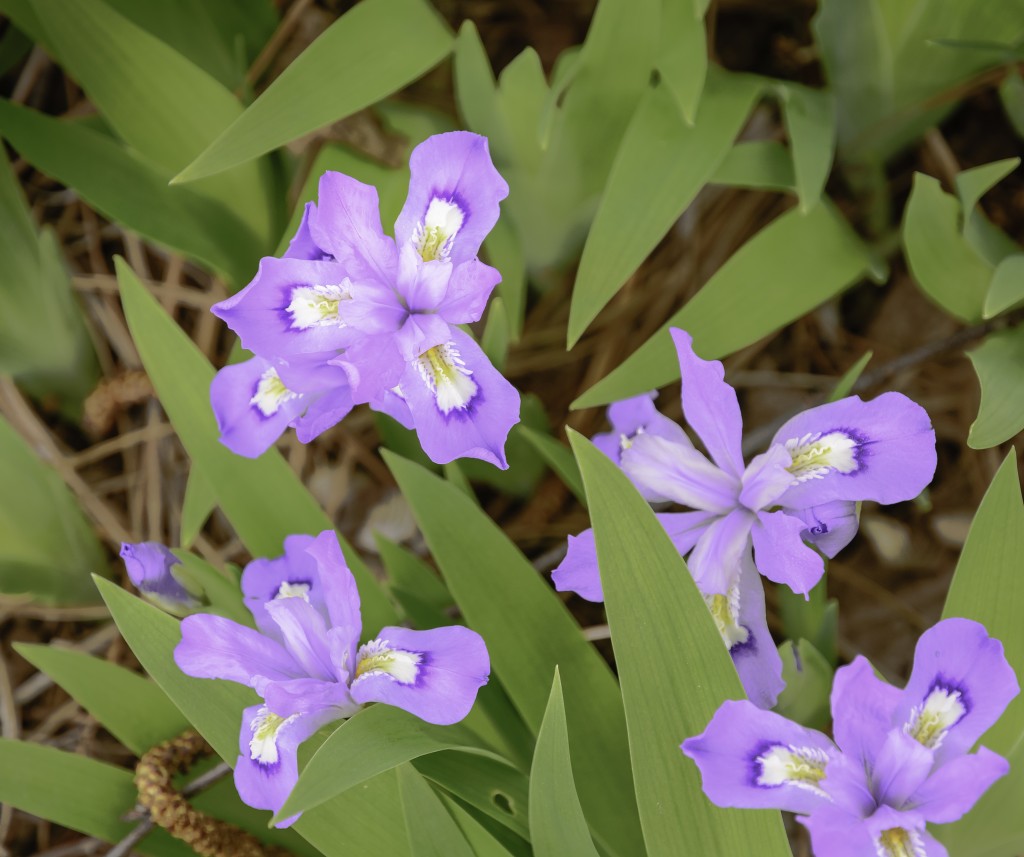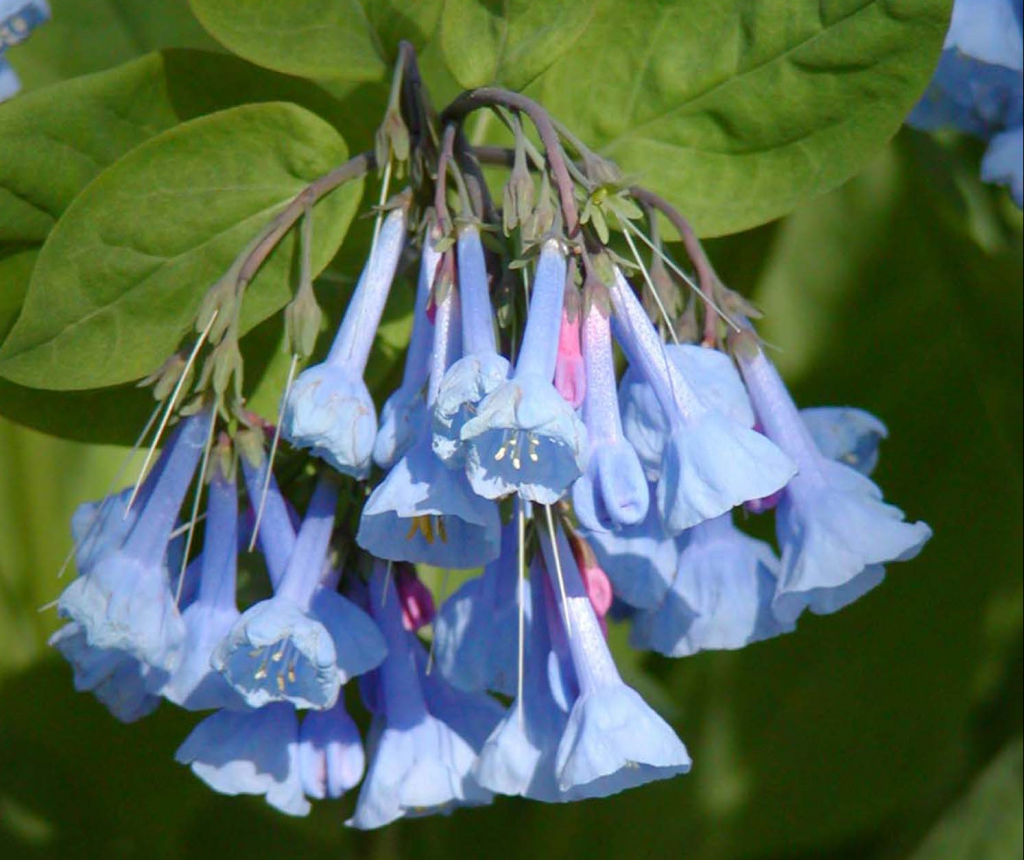Wildflowers: Heralds of Spring

The dwarf crested iris (Iris cristata) adorns woodlands and shaded rock gardens with delightful drifts of pale blue, lavender or lilac flowers.
Fall is the time to plan and plant spring wildflowers
“You anticipate them all winter long, but when you finally find them, they don’t last very long,” said Nancy Vehrs, Prince William County resident and president of the Virginia Native Plant Society. “They just bloom, pollinate and disappear, but it’s their fleeting moments of glory that make them more special.”
Vehrs described spring ephemerals: dainty wildflowers that brace cold temperatures and thawing ground to burst forth with blooms around mid-February (dependent on weather conditions). Their seemingly untimely appearance brings hope to gardeners, marking the closing days of winter and the promise of spring.
“In addition to providing beauty and color in the late-winter landscape, these wildflowers also perform valuable eco-system services,” Vehrs said. “As native plants they offer a sense of place. Since they evolved over eons, they developed important inter-relationships with birds, insects, soil and our eco-system.”
John Magee, owner of Magee Design in Middleburg, is equally passionate about wildflowers and other native plants. For decades he has used them almost exclusively in his naturalistic and sustainable landscape designs. However, it’s taken a long time for his recommendations to be fully appreciated.
“Twenty years ago, when I explained benefits for using natural plants versus introduced [non-native] plants, I was considered by some as a hippie,” he said. “Now I’m called a natural plant expert.” Magee and other eco-friendly landscapers are experiencing a new wave of calls from homeowners and businesses interested in returning to yesteryear’s use of wildflowers and other native plants. “More and more people are realizing how out of balance our world is, and they’re wanting ecologically sound and sustainable landscapes,” he said. “And though summer’s meadow flowers can be stunning, some of the most beautiful wildflowers are spring ephemerals that grow in the shade.”
Spring ephemerals should be planted in late autumn following the first hard frost, so now is the time to research, plan and shop for them.
Editor’s Note: This article first published in the Richmond Times-Dispatch, in September 2015.
